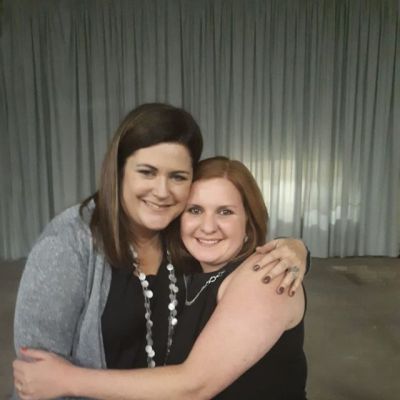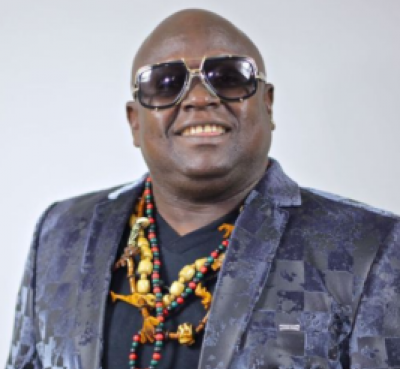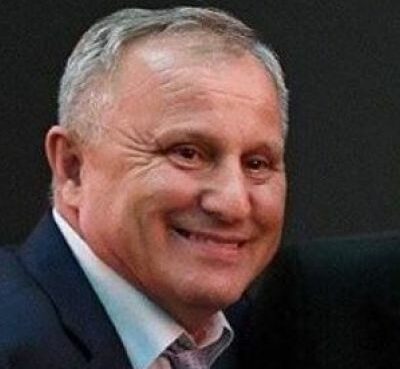Alison Botha was a victim of the Noordhoek Ripper Trial, which rocked South Africa in the 1990s.
Who exactly is Alison Botha?
Alison Botha was a 27-year-old insurance broker when she was kidnapped, raped, and seriously injured. Botha was abandoned on the outskirts of town by her assailants. But she recovered consciousness and made it to the next road, where she was rescued by a passing veterinarian. For rape, abduction, and attempted murder, the offenders were identified and sentenced to life in prison. Botha then went on to become a motivational speaker. She also received the 1995 Rotarian Paul Harris Award for ‘Courage Beyond the Norm,’ Femina magazine’s ‘Woman of Courage,’ and Port Elizabeth’s ‘Citizen of the Year.’ Alison, a documentary film based on her debut book, was published in 2016.
Alison Botha was born in Port Elizabeth, South Africa on September 22, 1967. After her parents split when she was ten years old, she was raised by her mother and her 18-month-old elder brother Neale. She attended Collegiate High School for Girls in Port Elizabeth, where she graduated as a top girl in 1985. She then traveled for a number of years and worked as an insurance broker.
Kidnapping, rape, and attempted murder
Botha was coming home after dropping off a coworker at 1 a.m. on a December day in 1994. She couldn’t locate a parking place in her normal lot, so she went to another parking lot within walking distance of her home. An unknown guy threatened her with a knife as she attempted to exit her vehicle. He urged her to follow him and hand over the vehicle keys.
The guy told her that if she obeyed his command and just required the automobile for a short time, he would not hurt her. He drove Botha to the lonely outskirts of the city, where he picked up another individual. They raped her and choked her to knock her out after stopping somewhere no one would find them. They proceeded to stab her many times in her belly, disemboweling her, and finally cutting her neck. When she regained consciousness, she had no idea what had happened to her. “All I could see was an arm moving above my face,” she said, paraphrasing. She then remembered the terrible scene without pain, making it seem like a dream.

“I was outside the car, now on the sand and broken glass,” she said, “and all I could see was an arm moving above my face.” Left and right, left and right, left and right. His motions created a sound. It was a wet sound, the sound of my skin being sliced open. He was using the knife to sever my neck. “Time and time again.”
“It seemed surreal, but it wasn’t.” I didn’t feel any pain, but it wasn’t a dream. This was taking place. “The man was slashing my throat,” Botha said, “and I was completely aware of the fear and horror coursing through every nerve in my body.” I shifted onto my front as the guy went away and I heard their words fading farther away from me. There was an odd rasping sound.”
It wasn’t until later that Botha realized the rasping sound was coming from her own throat. She attempted to stop her body from producing that sound because she was afraid they would hear her alive if she was too loud.
How did she make it?
After slicing her neck 15 times, the two guys were certain she was dead and that no one in such a state could live. She overheard the guys conversing, so she pretended to be dead until they drove away. Botha, on the other hand, was just 27 years old. She wanted to accomplish more in life and did not wish to die. “At that moment, I knew I had to at least leave a clue about who did this to me, so I wrote their names in the sand and ‘I love Mom’ beneath it,” she said on her deathbed. There was so much more I wanted to accomplish, so much more I wanted to live for.”
First, Botha used her blood to write the names of the guys on the stone she was laying on and prepared herself to stand up. She discovered her internal organs on the surface of her body while moving. Nonetheless, Botha elected to stand.
“It was time to get going. I crept over the mud and shattered glass, one hand clutching my clothes. I grew progressively fatigued with each subsequent movement. “At some point, I collapsed onto the sand, exhausted,”
Botha said, “and as I struggled forward, my sight faded in and out, and I fell many times but managed to get back up until I finally reached the road.”
She gathered her clothing from beside her, covered her abdomen with one hand, straightened her head with the other, and proceeded to the nearest road in the hopes that someone would discover her.

“I pulled my head forward with my free hand and my vision returned, at least temporarily,” while said. As I labored ahead, my vision went in and out, and I fell many times but managed to climb back up till I reached the road.”
Botha wanted to give up and die numerous times due to the intensity of the effort and stress. Every time she attempted to do so, she was reminded of her mother. “But then I remembered my mother, and I knew I had to keep going.” So I pulled myself up and crawled some more, but it was taking too long. “I knew then that I had to get back on my feet,” she reflected.
Who saved her?
Tiaan Eilerd, a veterinary student from Johannesburg on vacation, happened to see her laying on the road. He kept her till medical aid came after seeing her alive and aware. When the medical team and Eilerd arrived at the hospital, the physicians were astounded since they had never seen such damage on a single individual who was still alive. Botha was discovered with 36 knife wounds in his belly, 17 slashes in his neck, and many sexual assaults. She survived, however, since none of the lesions had reached her arteries and her trachea was still intact, allowing her to breathe enough.
Following the operations, Botha identified the offenders. They were discovered to be Satanists called Theuns Kruger and Frans du Toit. They allegedly performed a ceremony on her as a sacrifice to Satan. The details of her crimes and survival stunned the whole country, and her trial was dubbed the Noordhoek Ripper Trial. Despite this, the defendant pled guilty to all counts, including abduction, rape, and attempted murder. In August 1995, they were found guilty and sentenced to life in prison.




